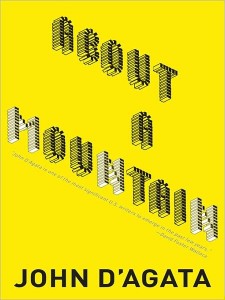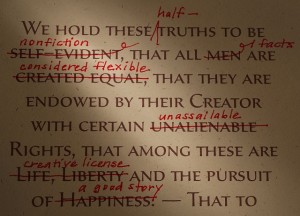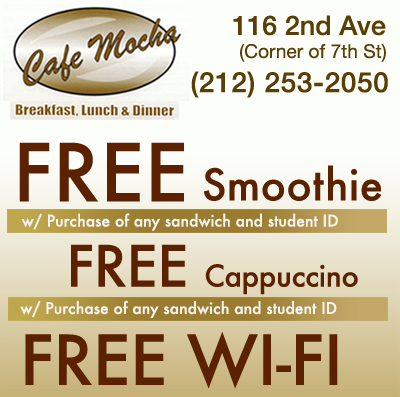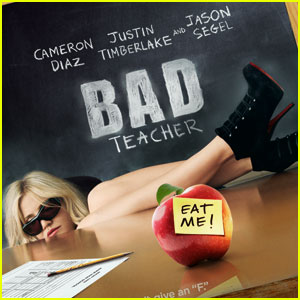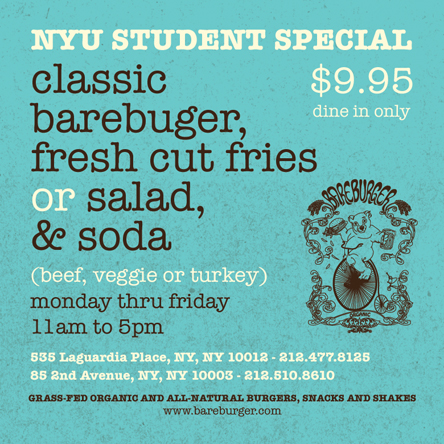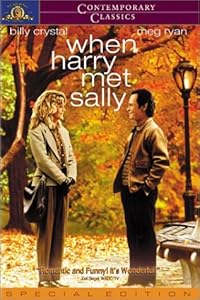
Image Credit: http://www.yourtango.com/long-distance-relationship-0
Ahh, summertime. The smell of suntan lotion is in the air, breezes tickle bare skin and make girls paranoid about their skirts, and grains of sand can be found in every corner of your room after your first trip to the beach. But for many college students, summer also means leaving the college environment to return home or go abroad, and forces them to separate from friends and significant others, resulting in even more long-distance relationships, or LDRs, than ever before.
According to statistics from the now-closed Center for the Study of Long Distance Relationships (yes, it actually existed), over four million college couples in the United States alone were in long-distance relationships in 2005. A more recent study conducted by the Communications Research journal found that as much as 75% of college students have or will, at some point, find themselves in a long-distance relationship. Even those in post-graduate life are increasingly finding themselves in LDRs, in part due to better technology but also majorly because of ever-increasing demands of economic situations.
With all the controversy over long-distance relationships, are they worth it? And what can be done to help maintain one?
There are many physical factors that play into a long-distance relationship, including the distance between the two involved, the modes of contact available, and the frequency and duration with which the couple can come into physical contact. Interestingly, however, studies suggest that distance is ultimately not the deciding factor for whether or not a long-distance couple will stay together.
A study conducted by the Center’s founder Greg Guldner titled “Time Spent Together and Relationship Quality: Long Distance Relationships as a Test Case” challenged the idea that relationship qualities are significantly affected by the amount of time a couple spends together. The study states, “Clearly, relationships require some level of contact and extremely infrequent contact probably does ultimately result in relationship instability. However, that level of infrequent contact does not occur in the vast majority of relationships.” In an interview with USA Today, Guldner says that his studies have found that a couple’s communication frequency “has almost no impact on whether they stayed together or the quality of the relationship.”
Rather, what makes long-distance relationships so different from others is the way that, particularly the rate at which, they develop. Guldner says, “Such relationships progress slowly because relationships develop through conflict and the breaking down of illusions—and long-distance couples don’t want to spoil their time together by fighting.” So while a close-proximity couple might break up within two months of starting a relationship, a LDR couple might do so in three or four.
I, for one, support this theory. My first relationship was one separated by about 200 miles and a $40 one-way bus ticket (which would have been more expensive had I not had used student discounts). But I don’t think it was the distance that broke us up; rather, I think that it kept us together for as long as we were. We hadn’t known each other much before we started dating, but we still decided to jump into a labeled “boyfriend-girlfriend” relationship from the start because we liked each other enough and felt that we wanted to be exclusive and needed to feel some sort of commitment before pledging to make a habit of crossing state borders. When our relationship started to get shaky, our phone calls never really addressed changing feelings even though it was clear that they were there. We didn’t want to argue, and the distance made our problems easier to ignore.
The good news is that, when commitment level and level of trust are high, long-distance relationships tend to have a success rate identical to relationships where the partners are in proximity to one another, implying that a couple’s needs are less physical than commonly believed and, instead, more emotional and psychological. This summer, my current boyfriend and I are long-distance, but commitment, trust, and communication are making it easier for us to deal with the distance.
In order to keep up the emotional and psychological stability of a relationship, communication is necessary. As products of Generation Y, we tend to not have much trouble in the field of long-distance interaction. Ever since we exchanged AIM screen names in grammar or middle school, we have been using such communication tools as email and instant messaging. SMS- and text-messaging are practically our second language.
Some couples have taken this interaction a step further, creating avatars that interact through virtual reality sites like SecondLife and VirtualDateSpace. A problem with such sites, however, is that it may cause an idealized version of reality. Though it helps couples to communicate and interact, it is, long story short, exactly what it claims to be—virtual reality: an alternate reality, not real life. For example, if you are communicating with your significant other’s attractive avatar when you are not attracted to the actual person, well, things could get a little complicated.
But it is not verbal communication that is so much of a problem today. Despite the science suggesting the insignificance of the role that physical contact plays in creating strong relationships, one of the biggest complaints among long-distance couples is a lack of physical contact, both sexual and not. The human need for touch extends beyond a release of oxytocin, a feel-good hormone released through affectionate touch. Sometimes people pine for touch simply because it is comforting to know that the other person is “there,” even if they cannot be “here.”
Technology seeks to rid LDRs of this barrier through such inventions as the “hug shirt” which recreates the strength, warmth, and heartbeat of someone’s embrace through sensors embedded in the shirt, allowing you to hug and be hugged in return. An iPhone app launched in March called “Pair” sets up a direct connection between couples through which they can quickly send texts, photos, and more. Its feature “thumb kiss” vibrates when the people on either end of the phone touch the screen in the same place at the same time, letting each other know that they are both “here” and “there” and thinking of each other.
A big pillow hugger myself, my favorite invention that I found is the product “Pillow Talk,” which allows couples to feel like they are sleeping with each other by simulating their partner’s heartbeat through a pillow. One person (or both) cuddles the pillow as the other wears a ring that detects the wearer’s heartbeat. The pillows miles away beat in real time with the heart of each pillow hugger’s lover, simulating a G-rated night together.
As much of a romanticized view as this might seem, when two people are right for each other, there is no distance that commitment cannot overcome. The biggest question that one should ask when considering a long-distance relationship is not if the distance is right, but rather if the person is right. Once this question receives a “yes,” staying in touch, both literally and figuratively, will not be as hard as it seems.
UPDATE: I’ve tried the Pair iPhone app, and it’s pretty cool. You can password protect it if you want, to ensure privacy. You can send pictures, videos, or drawings, and can directly link to FaceTime through it (though the FaceTime accounts are linked through email addresses, not the phone, which is strange). You can send a cute little thought bubble that simply says “Thinking of you,” or you can live draw with each other, or drop a pin to let your Pair-mate know where you are.
In the settings, you can list your anniversary and both of your birthdays to remember. You can set up a to-do list in the “Shared Task” section, document “Moments” with pictures, and suggest the application to another couple.
Bad news, though, for polygamous relationships: you can only pair with one person.
Carina, New York University. Read my blog and check out my Twitter!
Click here to download the Campus Clipper iTunes App!
Follow Campus Clipper on Twitter or keep current by liking us on Facebook.
Interested in more deals for students? Sign up for our bi-weekly newsletter to get the latest in student discounts and promotions and follow our Tumblr and Pinterest. For savings on-the-go, download our printable coupon e-book.








